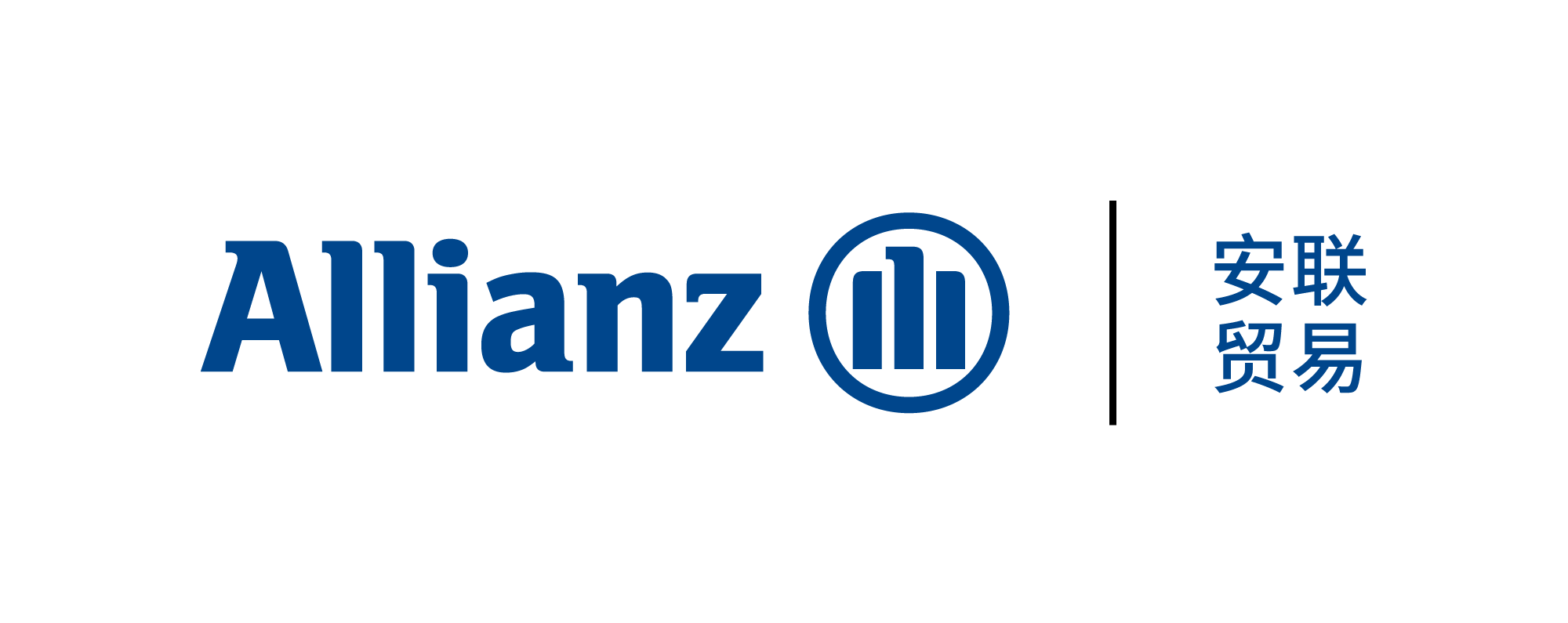Short
Short-term credit insurance is a specialized insurance policy designed to protect a business from financial losses due to customer payment defaults. It is designed to cover a company for losses caused by customers who do not pay on time or do not pay at all. The policy can be tailored to a business’s specific needs and provide coverage for a specified period of time.
Short-term credit insurance can protect a business from losses caused by customers not paying on time or not paying at all. The policy can be tailored to fit the specific needs of a business, such as the amount of coverage, the length of coverage and the type of customer. It can also provide coverage for a wide range of payment delays, such as slow payments, bounced checks, bankruptcies, and more.

This type of insurance can help provide peace of mind to businesses by protecting them from unexpected losses caused by customers not paying. It can also provide a business with more control over its finances and help to ensure its long-term success. Short-term credit insurance can also protect a business from having to take legal action against delinquent customers, which can be both time consuming and costly.
In conclusion, short-term credit insurance is a valuable tool for businesses that want to protect themselves from the financial losses due to customer payment defaults. This type of insurance is tailored to fit the specific needs of the business and can provide the peace of mind and financial stability to help ensure long-term success.
短期信用保险是一种为客户提供针对一定期限内由销售交易货物或提
短期信用保险是一种为客户提供针对一定期限内由销售交易货物或提供服务,以及客户付款时突然出现延迟或不良的风险的保险。
它主要应用于销售来自进口国家的货物,或者销售相对较大的金额的商品,无论是出口商还是进口商,都可以申请短期信用保险。
短期信用保险的种类繁多,比如适用于汇款的保险;延期付款的保险;付款违约的保险;无权利索赔的保险;仅付款有保障的保险;和部分付款有保障的保险。
当销售商要求销售商出现逾期故障时,可以申请短期信用保险,以更有效地防范货款方面的损失。
短期信用保险作为一种金融保险,可以帮助企业拓展国际贸易,开拓国际市场,减少贸易过程中的损失,并增加双方之间的信任。
-
付款计划如何制定更合理?逾期后该如何调整避免损失?
在商业交易中,合理的付款计划是企业保障现金流和降低信用风险的核心工具。无论是内贸还是外贸,买方逾期付款或违约都可能对企业的财务健康造成连锁反应。根据安联贸易的观察,超过60%的中小企业曾因客户拖欠账款
넶14 2025-11-17 -
如何优化应收账款周转率?
应收账款周转率(DSO)是衡量企业资金回笼效率的核心指标,直接影响现金流健康与运营稳定性。对于依赖赊销的贸易企业而言,DSO过高可能导致资金链紧张,甚至引发坏账风险。根据数据,中国企业的平均DSO为9
넶32 2025-11-17 -
如何通过贸易信用保险优化现金比率?
在当今充满不确定性的商业环境中,企业现金比率的优化成为财务管理的重要课题。现金比率作为衡量企业短期偿债能力的关键指标,直接反映了企业流动性风险的管理水平。贸易信用保险作为一种专业的风险管理工具,能够有
넶6 2025-11-17 -
企业如何识别信用风险?风险管理如何避免坏账损失?
在当今复杂多变的商业环境中,信用风险已成为企业面临的核心挑战之一。无论是内贸还是外贸交易,买方违约、付款延迟甚至破产都可能给企业带来严重的坏账损失。根据安联贸易的观察,许多企业因缺乏系统的信用风险管理
넶9 2025-11-17 -
争议发票如何处理?如何避免影响企业现金流?
在企业日常经营中,争议发票是常见的财务纠纷之一。当客户对发票金额、商品质量或服务条款提出异议并拒绝付款时,不仅会影响企业的现金流,还可能损害客户关系。根据安联贸易的观察,争议发票通常源于合同条款模糊、
넶9 2025-11-17 -
如何设定合理的信用条款期限?
在商业交易中,信用条款期限的设定直接影响企业的现金流和风险控制。合理的信用期限不仅能增强客户黏性,还能降低坏账风险。然而,许多企业在实际操作中面临两难:过短的期限可能削弱竞争力,过长的期限则可能加剧资
넶9 2025-11-17













